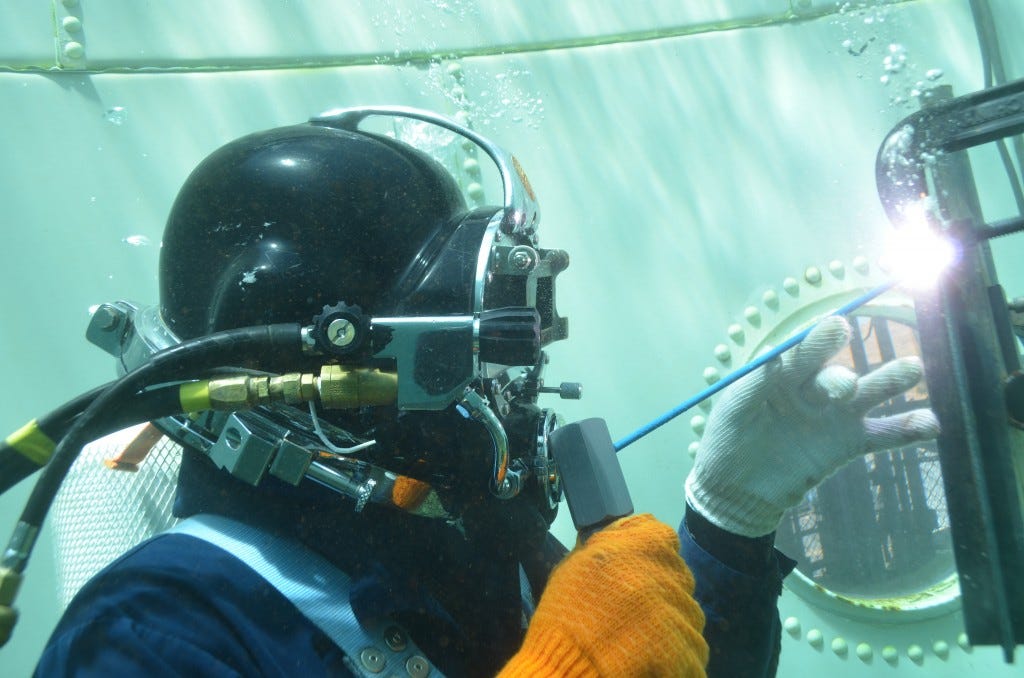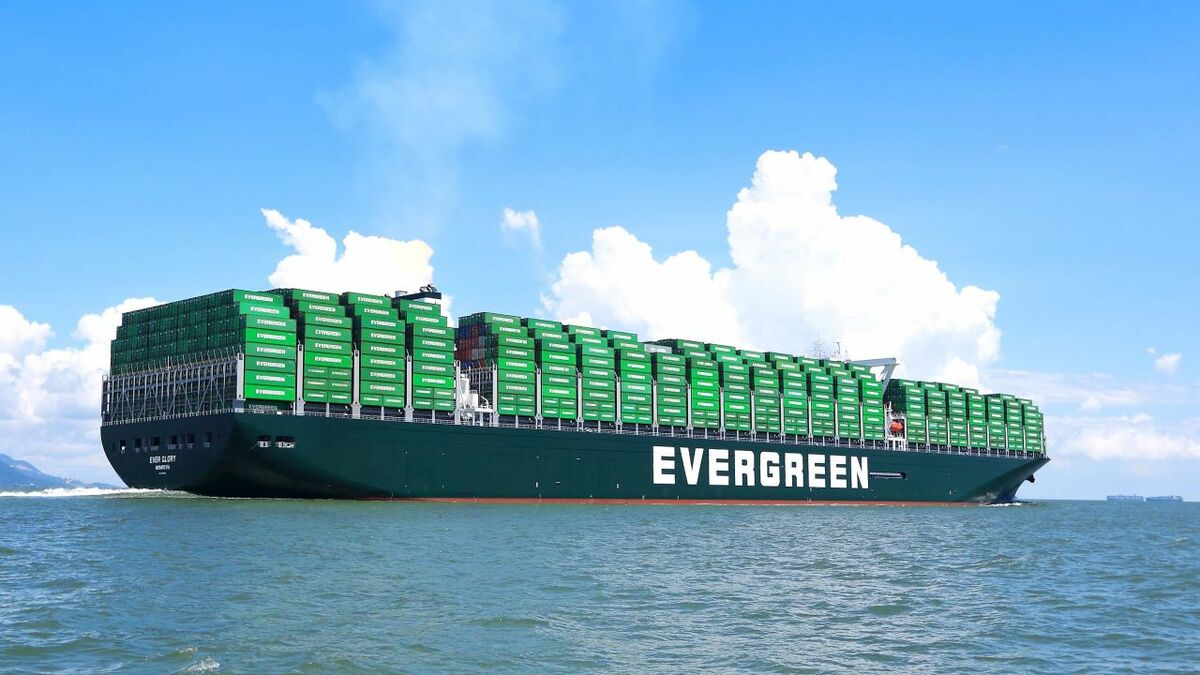Are you ready for a brainy challenge? Look closely at this picture of a tree; it’s not just leaves and branches, but there are five hidden animals waiting for you to find them. You only have 20 seconds to prove your smarts. Can you spot them all without any colors giving you a hint? Let’s dive into this puzzling adventure and see if you’ve got what it takes.

So, there’s this picture of a tree with branches and leaves, but hidden in there are five sneaky animals. No colors, just black and white; making it a bit tricky. But don’t worry, you’ve got a keen eye, and we believe in you. Take a good look between those branches and leaves; that’s where the hidden magic happens.
Now, here’s the cool part; different parts of the tree can reveal the features of the hidden animals. A leaf might be an eye, and a branch could be a leg. It’s like nature’s own puzzle, waiting for you to solve it. So, pay close attention, and let’s unravel the mystery of these hidden creatures together.
We’ve got your back. Imagine you’re looking at the top left side of the tree; there might be a rooster cleverly hiding in there. Yes, a rooster in a tree! Nature sure knows how to keep things interesting. Still having trouble? No problem, here’s another hint coming your way.
Alright, if the rooster is giving you a run for your money, try looking even closer. Somewhere in the branches and leaves, another animal is playing hide-and-seek. Can you find it? Think about what kind of creature might sneakily camouflage itself in a tree. You’re doing great, just keep those eyes wide open!

Finding hidden animals is like going on a treasure hunt in nature. It’s exciting, it’s challenging, and it’s all about using your super-smart brain. Take your time, explore every nook and cranny of the tree, and let the adventure unfold. Remember, it’s not about speed; it’s about enjoying the journey of discovery.
So, we’ve got a tree, we’ve got branches and leaves, and most importantly, we’ve got five animals cleverly hidden in there. No colors to guide you – just your amazing brainpower. The challenge is on, and you’ve got 20 seconds to showcase your genius. Take a deep breath, focus, and let’s see how many of these sneaky creatures you can uncover.








